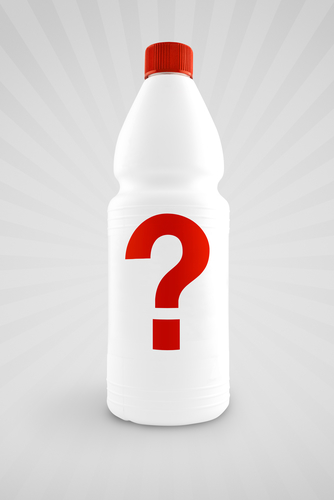
Did you know that color is one of the most important aspects to think about when conjuring the new design of a product label? Color is one of the most important factors to think about because it is connected to your consumer psychologically, and is one of the most influential aspects of a product’s marketing – especially on the face of the product which is its label. So, when it comes to choosing a label color, how should a business approach this topic? In this article, Blue Ribbon provides facts about how colors affect consumer decision-making so that businesses can decide which colors may best pair with their branding efforts.
There are many different types of colors to think about when it comes to colors on labels. There are three categories of colors; primary (red, blue, yellow), secondary (green, purple, orange), and tertiary colors (colors mixed from primary and secondary colors). From these colors, you can get tints and hues by adding either white or black. These are less vibrant but provide either more neutral or pastel colors. Labels can showcase any of the colors on the color wheel, including tones and shades. So, there really isn’t any limit to the colors that can be used.
A color scheme is a group or combination of colors that work well together. Typically, you want to choose more than one color for a product label. So, choosing a color scheme works best to have colors work together on a label that matches your brand story and portrays the message you want your product to convey. There are two types of color schemes; complementary color schemes and monochrome color schemes. Complementary colors are colors that appear on the opposite side of the color wheel. For example, orange and blue, violet and yellow, and green and red are all complementary colors. Monochrome color schemes are colors that are of the same shades or hues. So, for example, you could choose yellow as the main color and use different hues or tones of yellow on the same label as a scheme.
It’s helpful to understand how colors affect different audiences. Your product will most likely be more attractive to a specific audience. So, before choosing the colors of your labels, it’s best to determine what your audience is. Then, you can choose colors that are more attractive to the specific audience you want to influence. If your audience is men, it can be beneficial to know that most men like colors including black, blues, and greens. And, men typically don’t like colors including purple, brown, and orange. On the other hand, women traditionally enjoy colors like purples, greens, and blues. But, they don’t respond well to packaging that includes colors like gray, orange, and brown. Knowing your audience better is a great place to start when choosing colors for your product labels.
Did you know that colors can affect people on a psychological level? It’s known that different colors can evoke specific emotions. And, knowing this can help give you the advantage when choosing colors for marketing products including labels. For example, blue is said to provide a calming and trusting feeling, black is typically used to showcase luxury, and red can evoke feelings of passion. Knowing how colors affect your audience can help you to determine which colors you may want to choose for your product labels.
Still not sure which colors to choose for your labels? Blue Ribbon Tag & Label has many years of experience helping businesses of all types develop and create custom product labels. We are experts in design which includes the color choosing process. And, our professional printing presses are able to produce any color you want or can imagine! Talk to us today about getting started with designing your custom labels.


